US Air Force Special Purpose Unmanned Aerial Vehicles
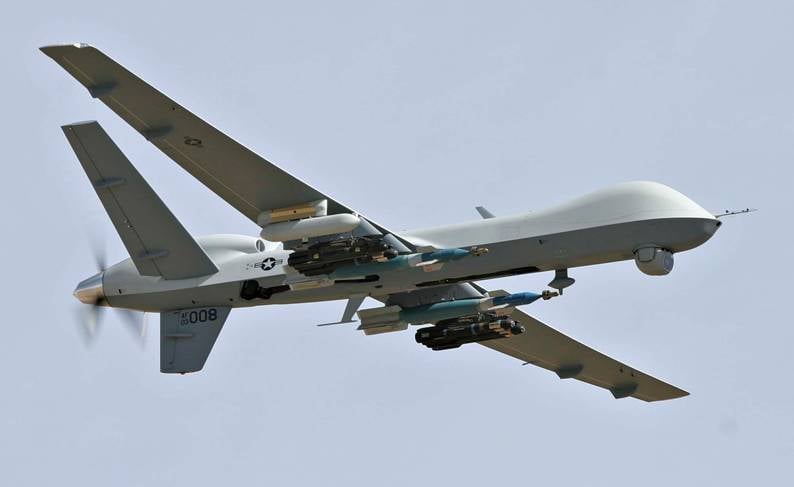
UAV MQ-9A Reaper
The main reconnaissance-strike unmanned aerial vehicle available to the US Air Force Special Operations Command, at the moment, is the MQ-9A Reaper, adopted in the 2008 year.
The MQ-9 UAV was created on the basis of the MQ-1 Predator, the main differences from which are the Honeywell TPE331-10 turboprop engine and the fuselage extended from 8,23 to 11,6. On the "Reaper" applied "more traditional" V-shaped tail, having an upper V-shaped. The wing span increased from 14,24 to 21,3 m. The maximum take-off weight increased from 1050 to 4760 kg. Transition from a piston engine rated at 115 hp 776 hp turboprop allowed to double the maximum flight speed and ceiling. The payload mass has increased from 300 to 1700 kg. With the weight of the empty Reaper 2223 kg, its fuel tanks can hold 1800 kg of aviation kerosene. During reconnaissance and patrolling, the drone can be in the air for about 30 hours. At full combat load, the flight duration does not exceed 14 hours. Cruising flight speed is 280-310 km / h, and the maximum is 480 km / h. With a maximum combat load, the flight altitude usually does not exceed 7500 m, but in reconnaissance missions the MQ-9A is capable of climbing more than 14000 m in height.
The unmanned Reaper is theoretically capable of carrying up to 14 Hellfire air-to-ground missiles, while its predecessor Predator is armed with only two laser-guided missiles. Armament placed at six points of the external suspension includes ATGM AGM-114 Hellfire, 227-kg guided bombs GBU-12 and GBU-38.
To recognize targets and conduct visual observation, the optoelectronic system AN / AAS-52, manufactured by Raytheon, is used. It includes cameras in the visible and infrared ranges, a high-resolution television system capable of reading the license plate of a car from a distance of 3 km and a laser rangefinder-target designator designed to guide weapon systems. Guidance and target designation can be carried out either by means of a ground operator or other aircraft, or by means of our own ECO equipped with a laser target designator.
Hellfire family missiles with various types of warheads are mainly designed to destroy point targets: armored vehicles, cars, boats, firing points, manpower located openly and in light field shelters. The main factor limiting the effectiveness of the use of relatively light guided missiles is the low weight of the warhead compared to the weight of the rocket itself. A compromise between accuracy and warhead power can be corrected aerial bombs, which, with a shorter range, have satisfactory accuracy characteristics and a significantly more powerful warhead.
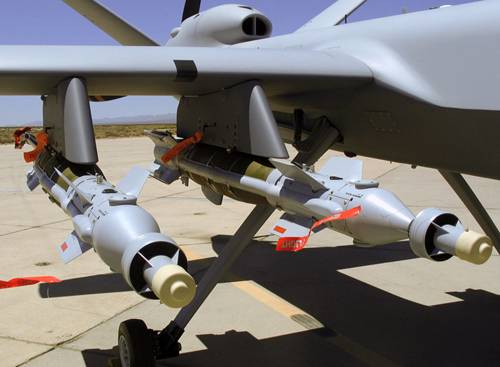
The laser-guided GBU-12 Paveway II bomb is designed to destroy point fortified targets and infrastructure, transportation hubs, various equipment, manpower and military field installations.
Adjustable bomb GBU-38 JDAM with inertial-satellite guidance system, provides all-weather use. Unlike the GBU-12 Paveway II, it does not require good weather conditions, the absence of fog, rain and low clouds that impede the passage of the laser beam. But at the same time, the use of GBU-38 bombs is carried out for targets whose coordinates are known in advance.
Avionics “Reaper” also includes a multi-mode radar AN / APY-8 Lynx II with a synthesized aperture, designed to map the terrain and the detection of moving and stationary targets in the absence of visual contact. In 2015, to reduce the risk of Reaper’s defeat by modern air defense systems, some drones were equipped with ADM-160 MALD and MALD-J imitation traps and tested the AN / ALR-67 radar warning system.
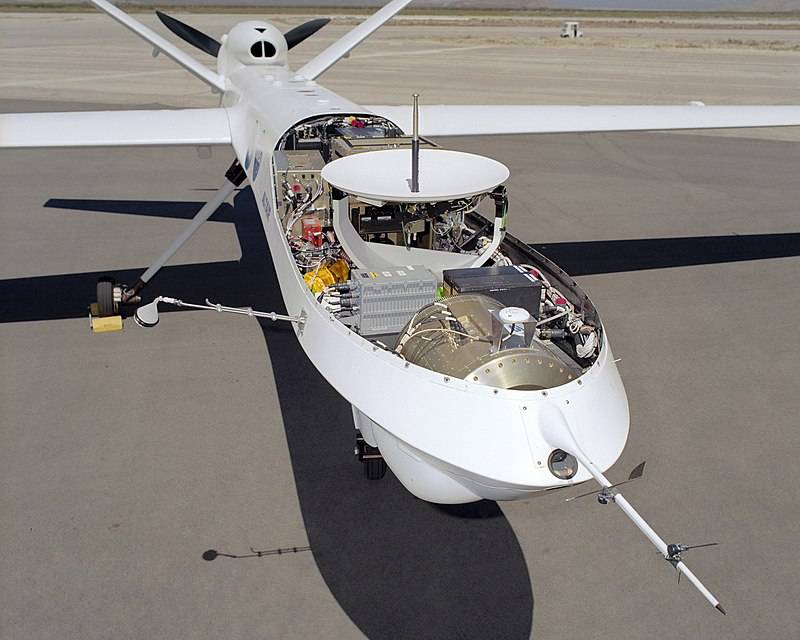
The MQ-9А UAV ground control equipment is compatible with the MQ-1B equipment. The MQ-9A tactical unit consists of several UAVs, a ground control station, communication equipment, spare parts and technical personnel.
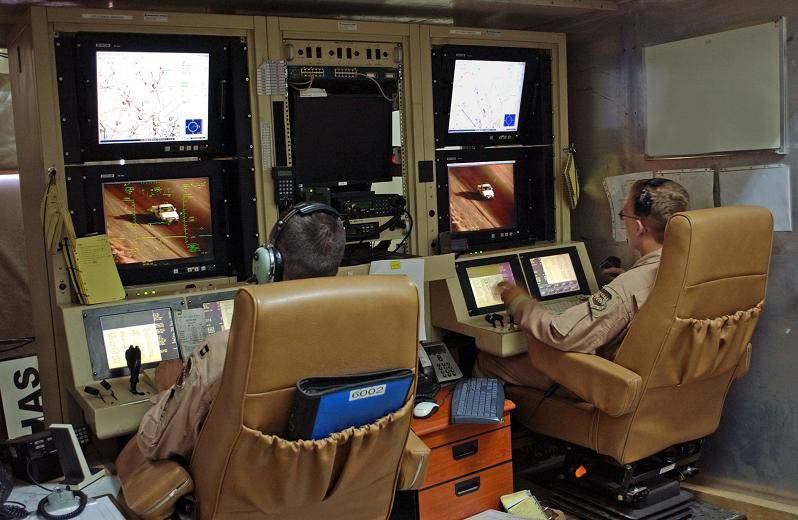
In flight, the UAV is controlled by an autopilot, its actions from the ground are controlled by the pilot and the operator of electronic systems. In most cases, the equipment located at the forward airfield where the drone is directly based only controls takeoff and landing, and the actions are controlled from the United States via satellite communication channels. In this case, the response time to the received command is approximately 1,5 s. The main control center for American medium and heavy UAVs is located at Creech Air Force Base, in Nevada. It is from here that drone operations around the world are controlled. This way of controlling drones allows them to operate autonomously at a considerable distance from the home airfield, outside the range of ground-based radio signal transmitters.
In March of 2019, it was reported that General Atomics Aeronautical Systems had tested the new Block 50 Ground Control Station (GCS) to control the MQ-9A Reaper reconnaissance and unmanned aerial vehicle. Management was carried out from the control complex located at the Great Butte airfield in California.
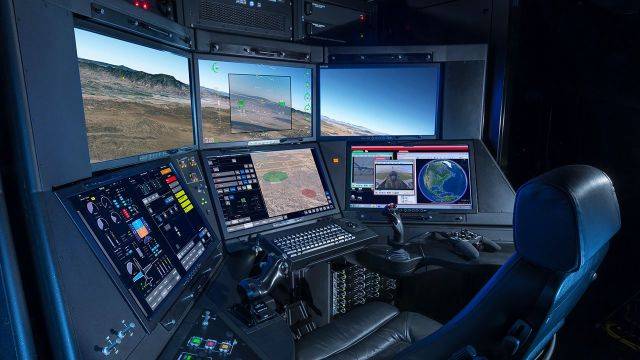
The operator station at Block 50 GCS station actually simulates the cockpit of a manned aircraft, with appropriate visualization and a combination of all control displays and information in a single cockpit, which significantly increases the situational awareness of the operator. The main advantage of this solution is the ability to reduce the number of UAV operators to one person. Block 50 GCS station is also equipped with a new integrated multi-channel secure communication system Multi-Level Secure / Integrated Communication System (MLS / ICS), which allows to increase the amount of information transmitted via secure channels from the UAV to the operational center of the squadron and then transferred to other consumers.
An important factor is the ability to quickly transfer the MQ-9А Reaper UAV to operational aerodromes around the world. In 2013, it was announced that the Special Operations Command was using the C-17A Globemaster III military transport aircraft for this.
The ground forces of the US Air Force MTR should prepare an unmanned aerial vehicle, ground-based control complex and equipment for operation at a remote aerodrome in less than 8 hours and load them into a military transport aircraft. Not more than 8 hours are allotted for unloading it after the arrival of the transporter and preparing the MQ-9A reconnaissance and reconnaissance force for actions in the interests of special forces. The choice of the C-17A was due to the fact that this military transport aircraft has sufficient carrying capacity, relatively high speed, good range, an air refueling system, and the ability to take off and land from poorly prepared lanes.
Currently, the Special Operations Command has at its disposal five combat squadrons armed with the MQ-9A UAV. The 2 Special Operations Squadron assigned to the Hurlburt Field Air Force Base in Florida was located at Nellis Air Force Base in Nevada until 2009. In fact, its equipment and personnel are mostly located at airfields outside the United States. In the past, the 2 Squadron of the United States Air Force was equipped with the MQ-1 Predator UAV, which was officially decommissioned in March 2018. Three more unmanned squadrons: 3-I, 12-I and 33-I, assigned to the Cannon air base in New Mexico.
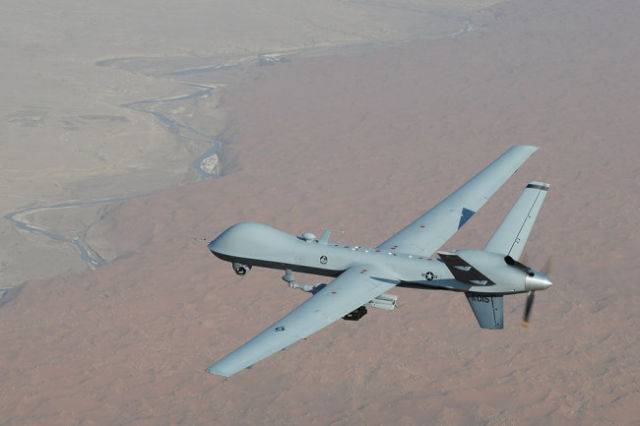
A special place in the Air Force MTR is occupied by the 12 I squadron also stationed in Canon. Its specialists are trained to control the actions of drones directly from advanced airfields. This is done in case of failure of satellite communication systems. In December 2018, another unmanned squadron armed with the MQ-9A was formed at Hurlburgh Field airbase.
The combat activity of unmanned squadrons of special forces is not advertised. However, it is known that their equipment and personnel were stationed in Iraq, Afghanistan, Niger, and Ethiopia. A particularly large fleet of drones is deployed at the Chabella airbase, specially built in 2013 for American UAVs in Djibouti.
The Predators and Reapers based here took an active part in the fighting in Yemen. At the same time, at least two MQ-9A were hit by Hussite air defense systems, several more armed drones were lost in Iraq and Afghanistan.
United States Air Force Special Operations Light Unmanned Aerial Vehicles
In addition to reconnaissance and strike UAVs, the MQ-9A SSO US Air Force uses several models of light drones. In August 2004, the first MQ-27A UAV, originally known as ScanEagle, was first used in Iraq. This drone was created by Insitu, a subsidiary of Boeing Corporation, based on the SeaScan civilian apparatus for detecting schools of fish on the high seas.
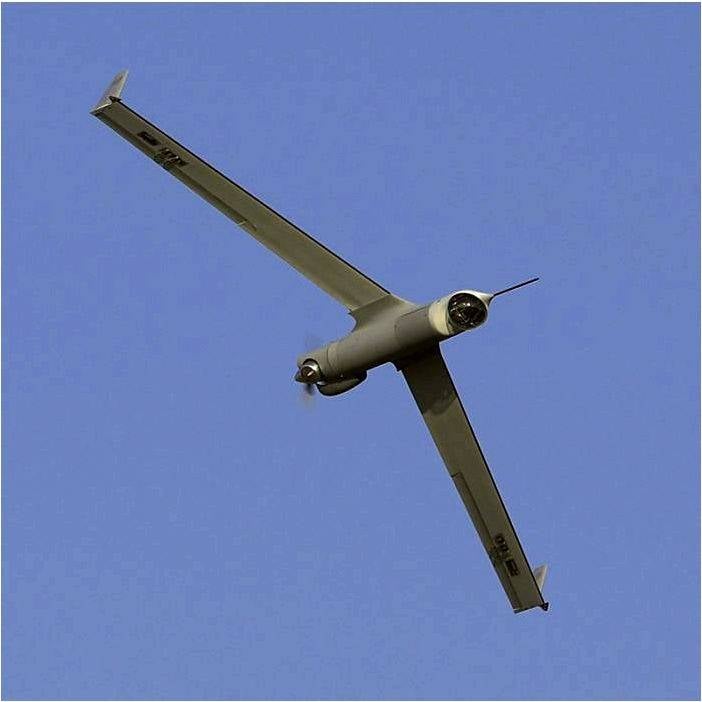
The MQ-27 UAV has a take-off weight of 22 kg and is equipped with a two-stroke piston engine with 1,5 horsepower. The maximum speed is 148 km / h. Cruising - 90 km / h. Ceiling - 5900 m. Duration in air - 20 hours. Length - 1,55 – 1,71 m (depending on version). Wingspan - 3,11 m. Payload - 3,4 kg. As a payload, a stabilized optoelectronic or infrared camera on a lightweight stabilized platform and an integrated communication system were usually used.
The MQ-27A is launched using the pneumatic launcher, SuperWedge. For navigation, satellite equipment NavtechGPS is used. The ground control station is capable of monitoring UAVs and receiving images at a distance of up to 100 km. In 2006, the cost of the ScanEagle system, which consisted of four drones, a ground station, an air catapult, a set of spare parts and a remote video terminal, amounted to $ 3,2 million.
In March of 2008, Boeing experts, together with ImSAR and Insitu, tested ScanEagle with the NanoSAR A radar installed on board. According to ImSAR's advertising data, NanoSAR A is the world's most compact and lightest synthesized aperture radar. It weighs only 1,8 kg and has a volume of 1,6 liters. This radar is designed to provide high-quality real-time survey of ground objects in adverse weather conditions or in conditions of heavy smoke and dust.
In October 2014, the operation of the MQ-27В UAV began. This model has a more powerful engine and a slightly longer fuselage. The main reason for increasing engine power was the use of a new onboard electric generator. This happened due to the increased power consumption of the on-board equipment. Flight data in comparison with the MQ-27A did not change, but the flight duration decreased to 16 hours. The MQ-27B UAV is equipped with a new universal day-night surveillance system, improved navigation and communications equipment. There was also the opportunity to install electronic intelligence equipment and electronic warfare.
In 2007, the RQ-11В Raven UAV entered service with the Special Operations Forces. Initially, it was intended for the battalion level of the American army, but later special forces began to actively use it. The special operations department ordered 179 systems with four UAVs in each. The cost of one set, which includes two control stations, four drones and a set of spare parts, is $ 173 thousand. Since 2004, about 1900 gliders RQ-11 have been assembled.
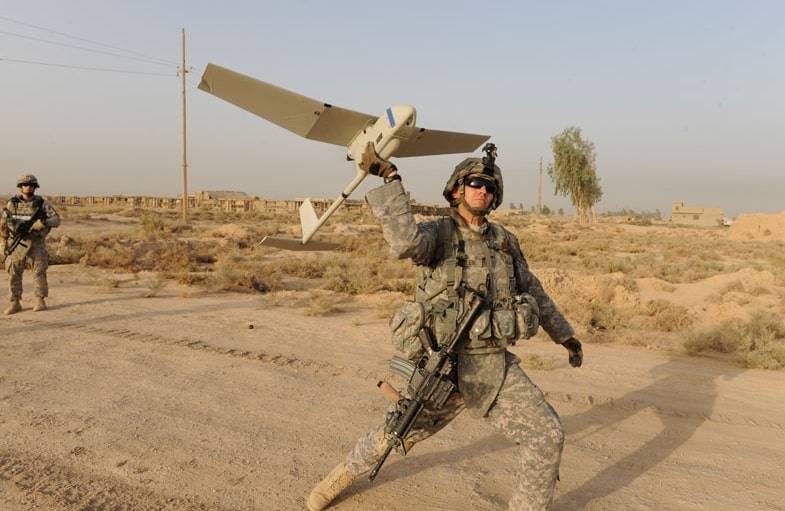
This 1,9 kg drone is driven by a pushing two-blade propeller that rotates the Aveox 27 / 26 / 7-AV electric motor. Wingspan - 1,5 m. Maximum flight speed - about 90 km / h. Cruising - 30 km / h. Duration in air - up to 1,5 hours
The control station and UAVs RQ-11 are stored in protected containers and transported by road. For a short distance, the drone and the container with the equipment are carried by two military personnel.
Raven can fly independently by GPS-navigation or in manual mode from a ground control station. One click of the button by the operator returns the drone to the starting point. The standard target load consists of a color daytime camera, or a night infrared camera.
The US Armed Forces and their allies very actively used UAVs of the RQ-11А and RQ-11В modifications in Afghanistan, Iraq and Yemen. Also, drones of this model were seen in the war zone in eastern Ukraine. Users noted good data for the device of this class, simplicity and ease of use. However, the Ukrainian military noted the vulnerability of the control and data transmission channel to modern electronic warfare systems. In this regard, in the United States in service in the 2015 year adopted a modification of the RQ-11B DDL (Digital Data Link) with interference-protected digital communications equipment Harris SSDL.
Prior to this, the manufacturing company AeroVironment began supplying the RQ-11B Raven Rigged 3d model modification with the Raven Gimbal rotating camera in which there are day and night channels.
Work is also underway to create a modification that can stay in the air longer. In November 2012, specialists from the Air Force Research Laboratory at Wright Patterson, Ohio, tested the Solar Raven. On the serial RQ-11В, the wings were glued with flexible solar panels and changed the power supply circuit. Due to this, in the daytime, the flight duration has increased significantly.
The smallest drone used by US special forces on a permanent basis in Afghanistan and the Middle East is Wasp III. This device was commissioned by the US Air Force Special Operations Command AeroVironment and the Defense Advanced Research Projects Agency (DARPA) and adopted by the AFSOC in 2008. The cost of one drone and control station at that time was $ 50 thousand
The Wasp III UAV with an electric motor has a wing span of 73,5 cm, length 38 cm, weighs 454 g and carries optoelectronic color cameras for front and side view with digital image stabilization. The range is up to 5 km from the ground control point. A lithium-ion battery built into the wing provides a residence time of up to 45 minutes. The maximum flight speed is 65 km / h. Flight altitude - up to 300 m.
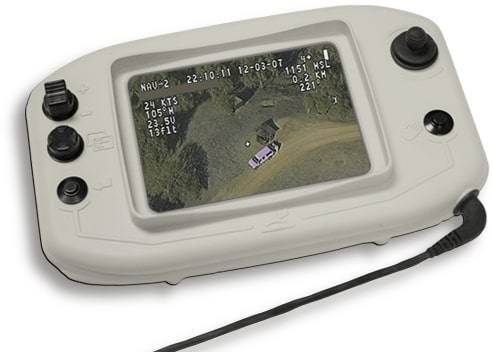
To control the Wasp III, a set of equipment from the RQ-11B UAV can be used. There is also a lightweight control panel, which, together with the ground station, is carried in one backpack. The Osa-3 drones were intended for correcting artillery and mortar fire, conducting reconnaissance in the enemy’s rear lines, surveying the area for possible ambushes and identifying masked firing points. However, the methodology for the use of small-sized UAVs in the KMP and MTR of the US Air Force is different. Marines operate the Wasp III in the company and battalion units, and special forces units can use it in units whose strength does not exceed 10 people.
In May 2012, AeroVironment introduced an improved version of Wasp AE. The weight of this device is 1,3 kg, and it can be in the air for up to 1 hours. The Wasp AE UAV is equipped with a rotary combined camera with day and night modes.
Currently, the Wasp AE and Wasp III drones are simultaneously used by the Special Operations Forces and the Marine Corps. Based on the experience of fighting in Iraq and Afghanistan, it was concluded that the use of light UAVs at the disposal of unit commanders, whose soldiers make direct fire contact with the enemy, can dramatically reduce losses in manpower and equipment, as well as increase the effectiveness of artillery mortar strikes.
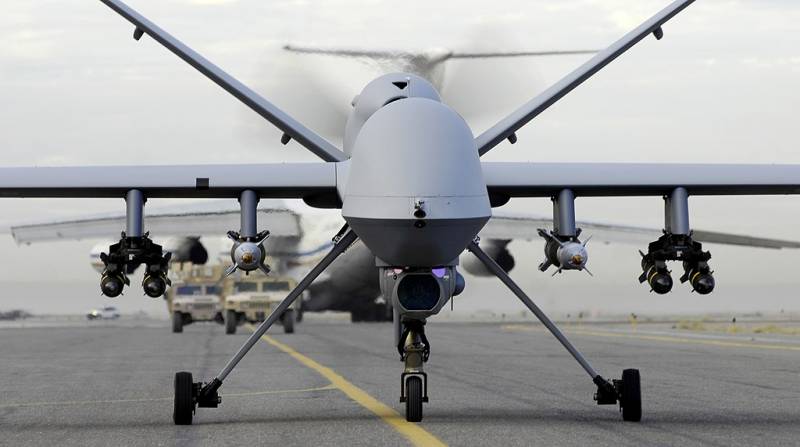
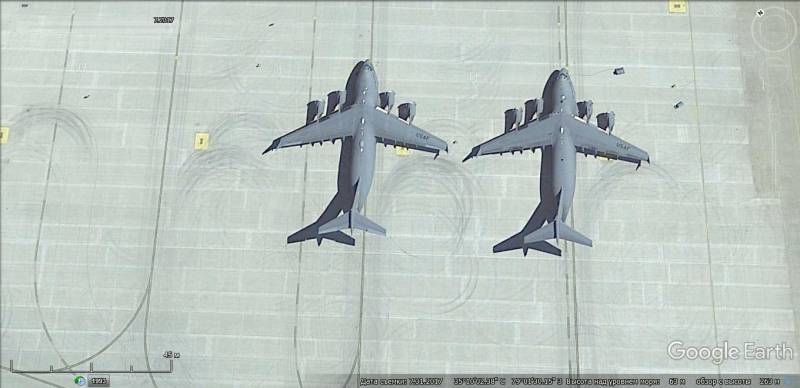
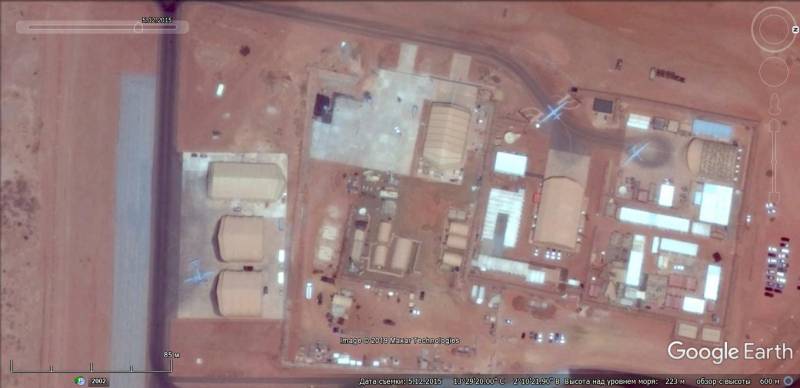
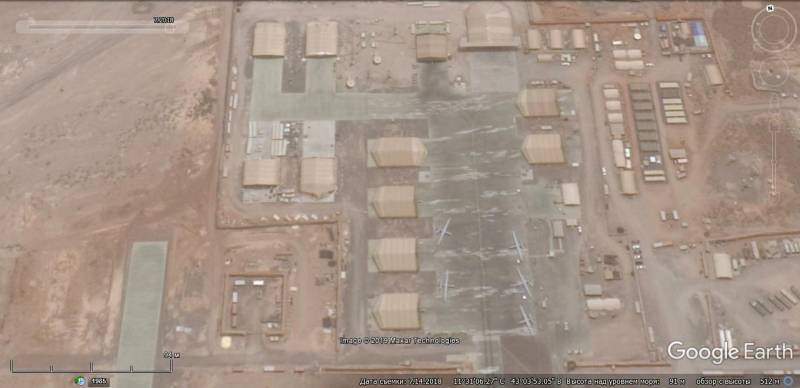
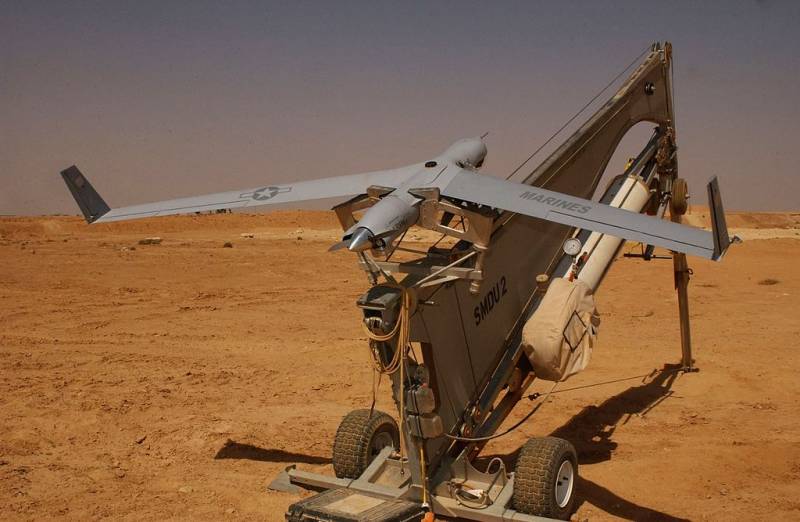
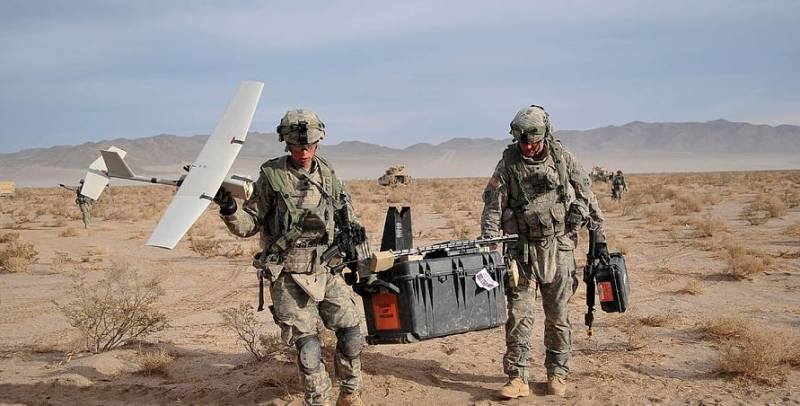
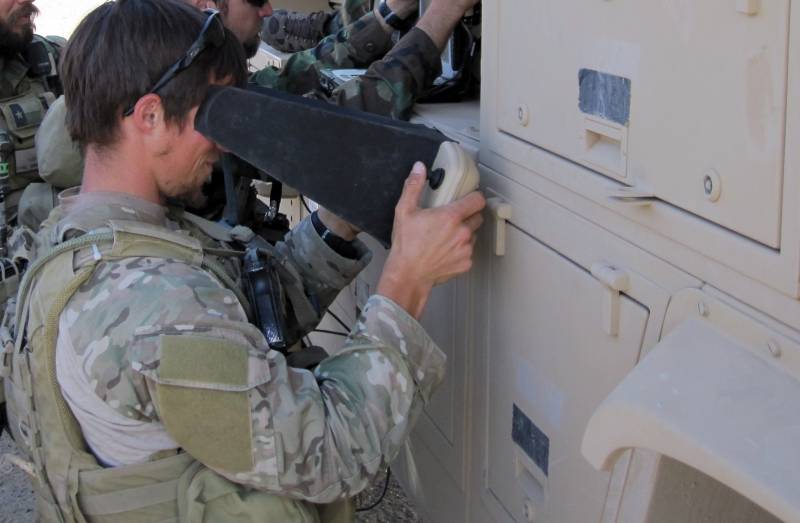
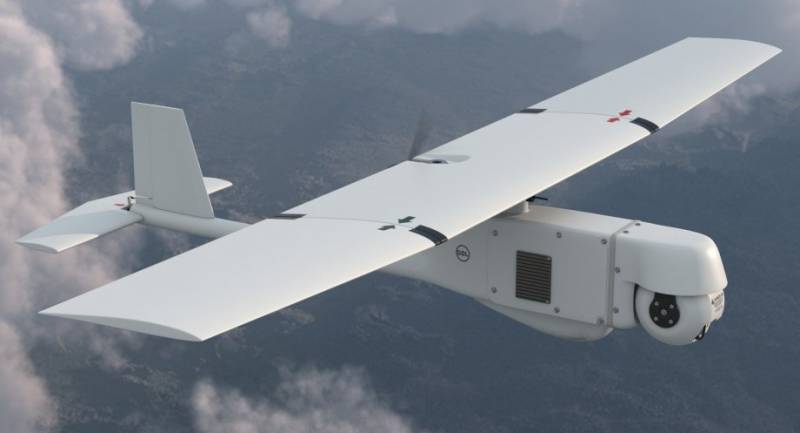
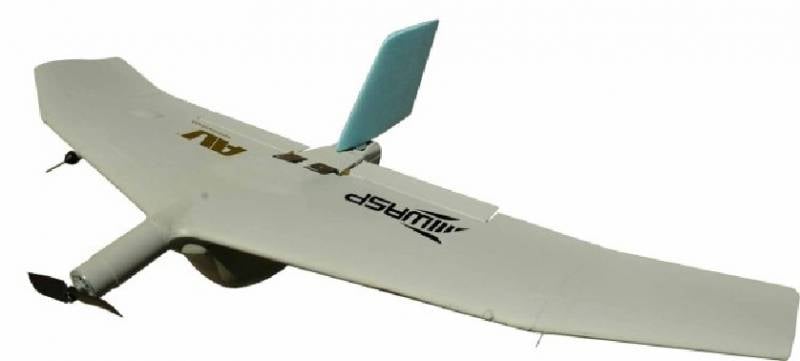
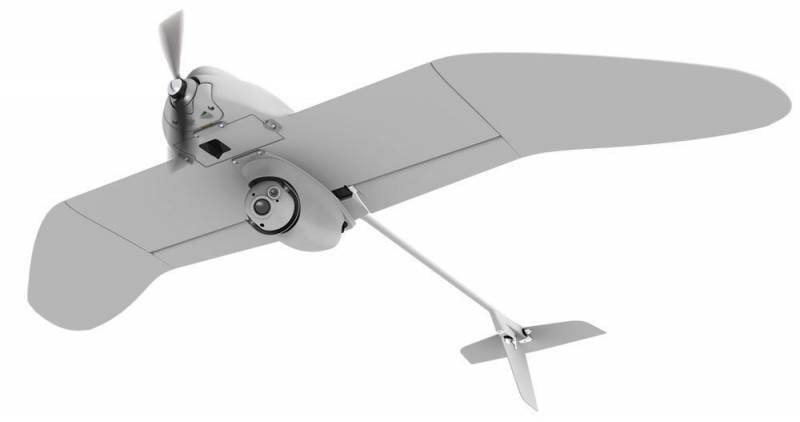
Information